Title: Navigating Through Paralysis: A Comprehensive Guide to Understanding, Managing, and Treating This Condition. We researchabout cerebral palsy.
we resarch about cerebral palsy.
Introduction: Bridging Awareness and Advocacy on Paralysis
In the realm of health issues that precipitate a profound impact on individuals globally, paralysis stands as a formidable challenge, affecting countless lives by drastically altering their quality of living. At the forefront of addressing this critical issue is Vadlamuri Sohan Aravind, the visionary founder of Ushodaya Hospital, who is committed to enhancing awareness around the nuances of paralysis, including its symptoms, ramifications, and the spectrum of treatment modalities available. This article is designed as an all-encompassing resource for individuals seeking insights and assistance in the face of paralysis.
we resarch about cerebral palsy.
Cerebral Palsy: Understanding and Empowering Lives
Cerebral palsy is a neurological disorder that affects movement, muscle tone, and posture. It is the most common motor disability in childhood, impacting individuals differently. This article delves into cerebral palsy, shedding light on its causes, symptoms, and management strategies, with the aim of promoting understanding and empowerment among affected individuals and their families.
What is Cerebral Palsy?
Cerebral palsy is caused by abnormal brain development or damage to the developing brain, affecting a person’s ability to control their muscles. Understanding cerebral palsy is the first step towards effective management and support for those living with this condition.
- Causes: Cerebral palsy can result from several factors, including infections during pregnancy, lack of oxygen to the brain, and premature birth.
- Symptoms: Symptoms of cerebral palsy can include muscle stiffness or floppiness, poor coordination, tremors, and involuntary movements. Each individual with cerebral palsy experiences a unique combination of symptoms.
Navigating Through Challenges
Living with cerebral palsy presents a set of challenges, not just for the individuals directly affected, but also for their families and caregivers. Awareness and understanding are crucial in navigating these challenges with grace and resilience.
- Early Intervention: Early diagnosis and intervention are critical in managing cerebral palsy effectively. Therapies such as physical, occupational, and speech therapy can significantly improve function.
- Adaptive Technologies: Advances in technology have led to innovative solutions that enhance mobility and communication for individuals with cerebral palsy.
Empowering Individuals with Cerebral Palsy
Empowerment lies at the heart of improving quality of life for those with cerebral palsy. Education, support, and access to resources are key elements in fostering independence and self-confidence.
- Education and Advocacy: Access to education and advocacy for rights can empower individuals with cerebral palsy to lead fulfilling lives.
- Community Support: Support from communities and networks can provide valuable resources and emotional backing for individuals with cerebral palsy and their families.
Fostering a Supportive Environment
Creating a supportive and inclusive environment is essential for individuals with cerebral palsy to thrive. Society plays a crucial role in breaking down barriers and promoting inclusivity.
- Inclusivity in Schools and Workplaces: Adaptive programs and policies in schools and workplaces can ensure that individuals with cerebral palsy have equal opportunities to succeed.
- Raising Awareness: Public awareness campaigns can help reduce stigma and promote understanding of cerebral palsy.
In conclusion, cerebral palsy requires a comprehensive approach that combines medical, technological, and supportive strategies to manage its challenges. The journey with cerebral palsy is one of resilience, empowerment, innovation, and community. By embracing these power words, we can transform the narrative around cerebral palsy, focusing on abilities rather than disabilities. Whether it’s through advanced therapies, supportive education systems, or inclusive community initiatives, every step taken is a step towards empowering individuals with cerebral palsy to lead their best lives. Together, we can make a difference in the lives of those affected by cerebral palsy, fostering a world where everyone has the opportunity to shine.
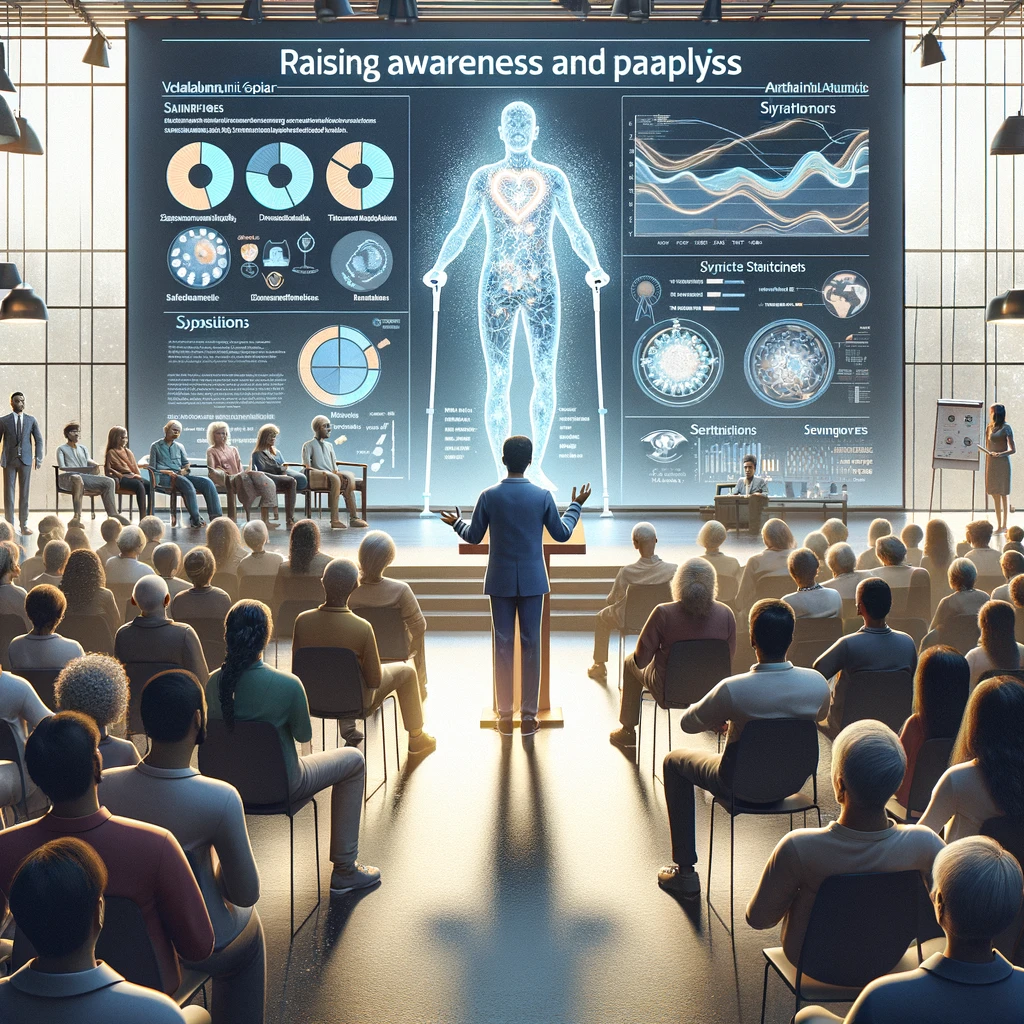
we resarch about cerebral palsy.
Understanding Paralysis: The Basics
Paralysis manifests as an inability or loss in muscle function, often rendering the affected parts of the body immobilized. This condition can either be a transient phase or a permanent reality, with the scope of impact ranging from individual limbs to the entire body. Typically, paralysis occurs due to perturbations in the nervous system, triggered by varied factors like injuries, neurological disorders, strokes, or spinal cord complications.
we resarch about cerebral palsy.
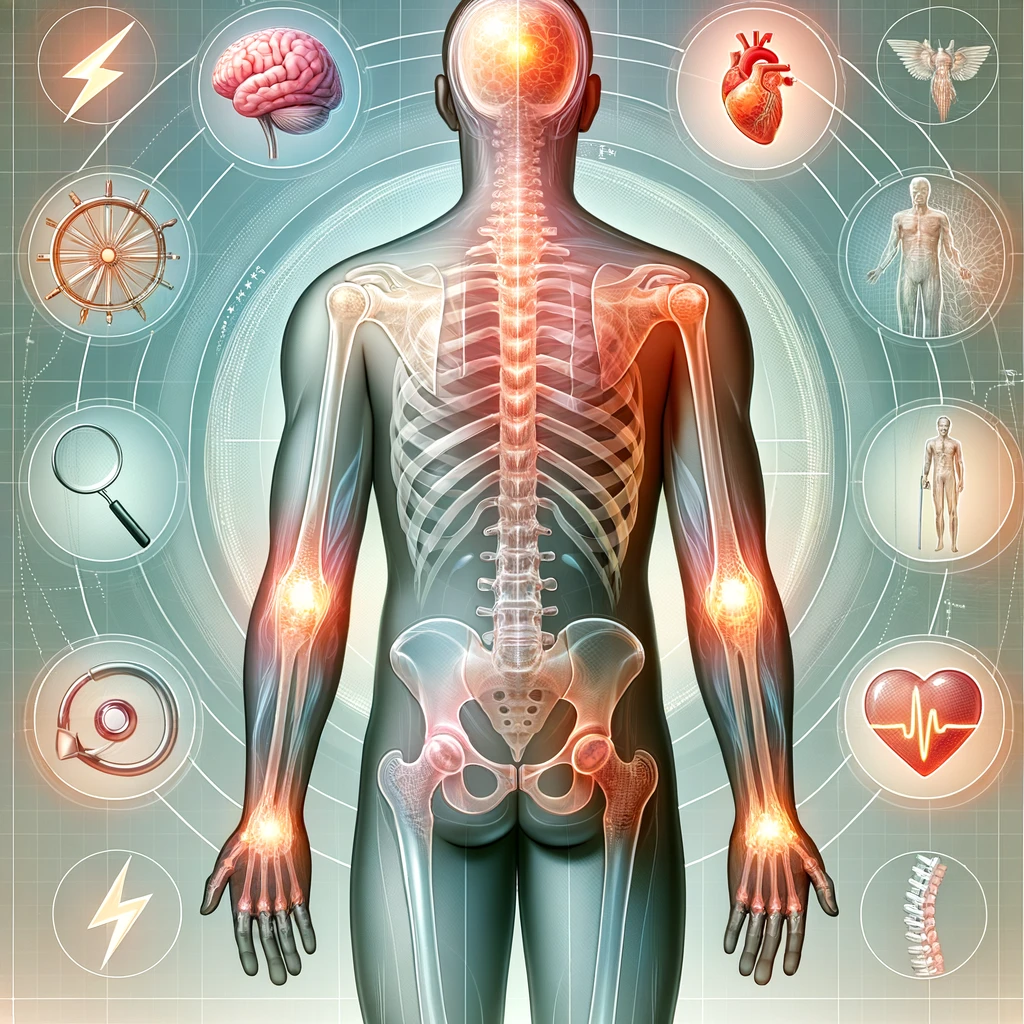
we resarch about cerebral palsy.
Early Signs of Paralysis: What to Watch For
Early detection plays a pivotal role in effectively managing paralysis. Key symptoms include:
- Inability to move voluntarily
- Muscle stiffness or weakness
- Numbness or a tingling sensation
- Coordination and balance challenges
- Altered reflex responses
- Pain or discomfort in the impacted zones
Shifts in bladder and bowel functionalities
we resarch about cerebral palsy.
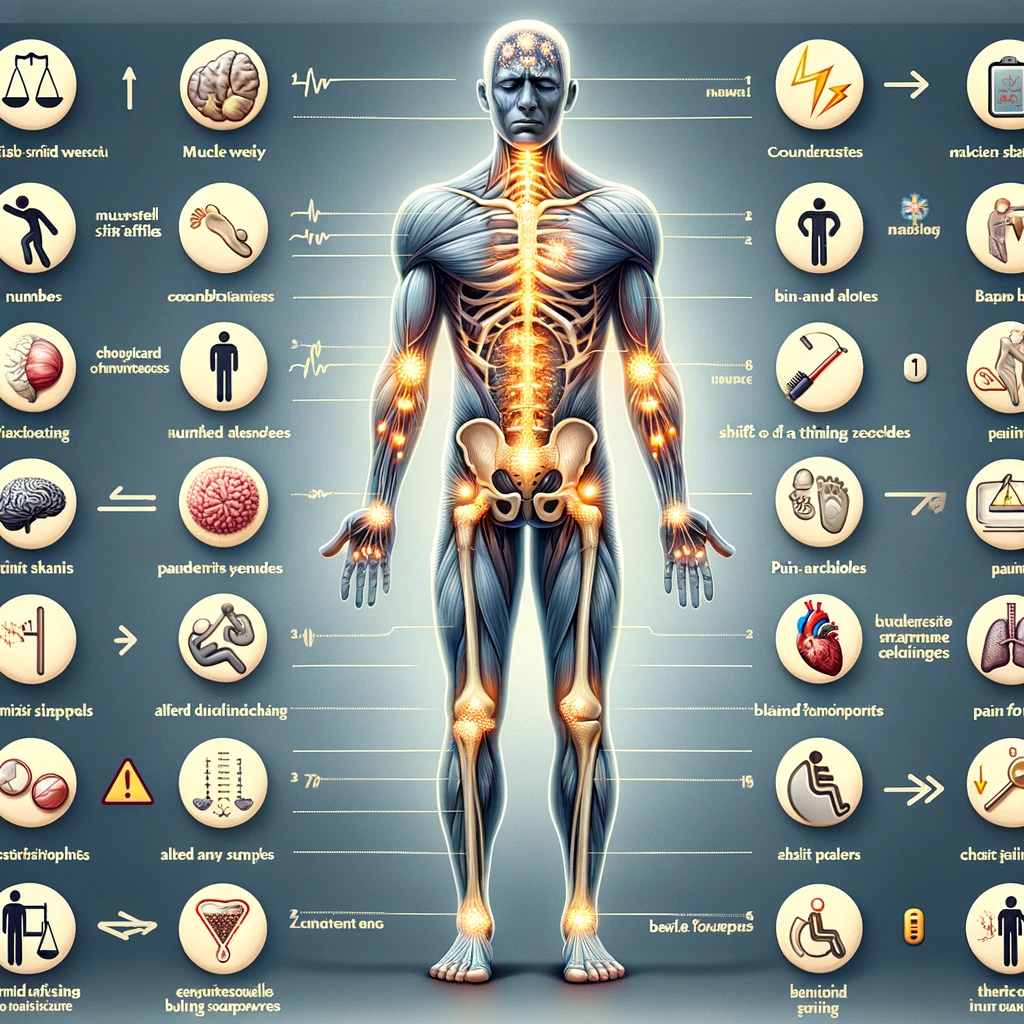
we resarch about cerebral palsy.
The Spectrum of Paralysis
Paralysis is not monolithic but varies according to the extent and location of nerve damage:
- Monoplegia: Affects a single limb.
- Hemiplegia: Targets one side of the body, commonly following a stroke.
- Paraplegia: Involves both legs and possibly the lower abdomen.
- Quadriplegia (Tetraplegia): Paralysis that spans all four limbs along with the torso, generally due to severe spinal cord injuries or specific health conditions.
we resarch about cerebral palsy.
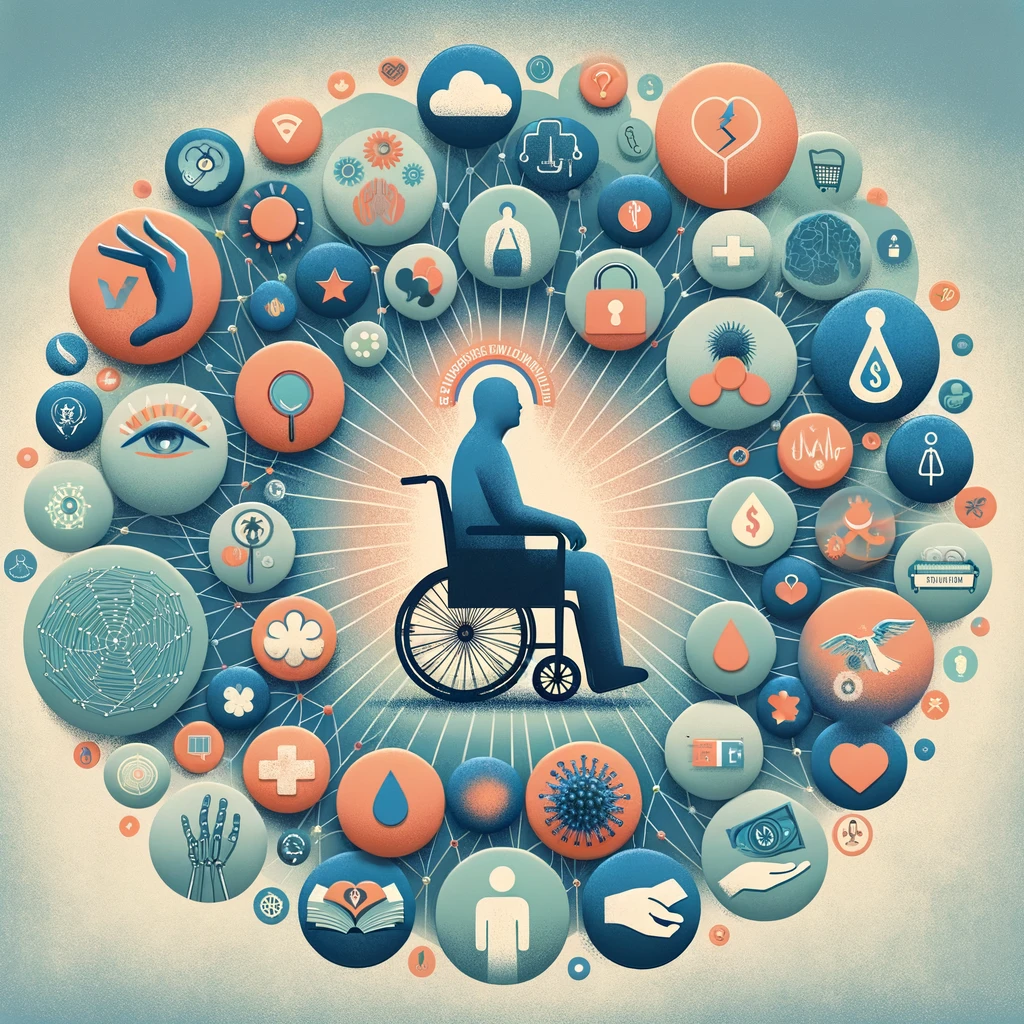
we resarch about cerebral palsy.
Diagnosis and Therapeutic Approaches: Pathways to Management
Timely diagnosis coupled with appropriate intervention strategies is crucial. The diagnostic itinerary may incorporate:
- Comprehensive physical evaluations and medical history reviews
- Neurological examinations including electromyography (EMG) and nerve conduction studies
- Advanced imaging techniques like MRI and CT scans for a detailed assessment of nerve damage
Therapeutic interventions are tailored to individual requirements, based on causative factors and severity, including:
- Physical therapy to bolster muscle strength, flexibility, and mobility
- Occupational therapy offering strategies for day-to-day activity adaptation and independence
- Utilization of assistive devices and orthotics to facilitate accessibility
- Medicinal regimes for managing associated symptoms such as pain and muscle spasticity
- Surgical solutions for underlying anatomical issues
- Comprehensive rehabilitation programs integrating speech, vocational training, and psychological counseling
we resarch about cerebral palsy.
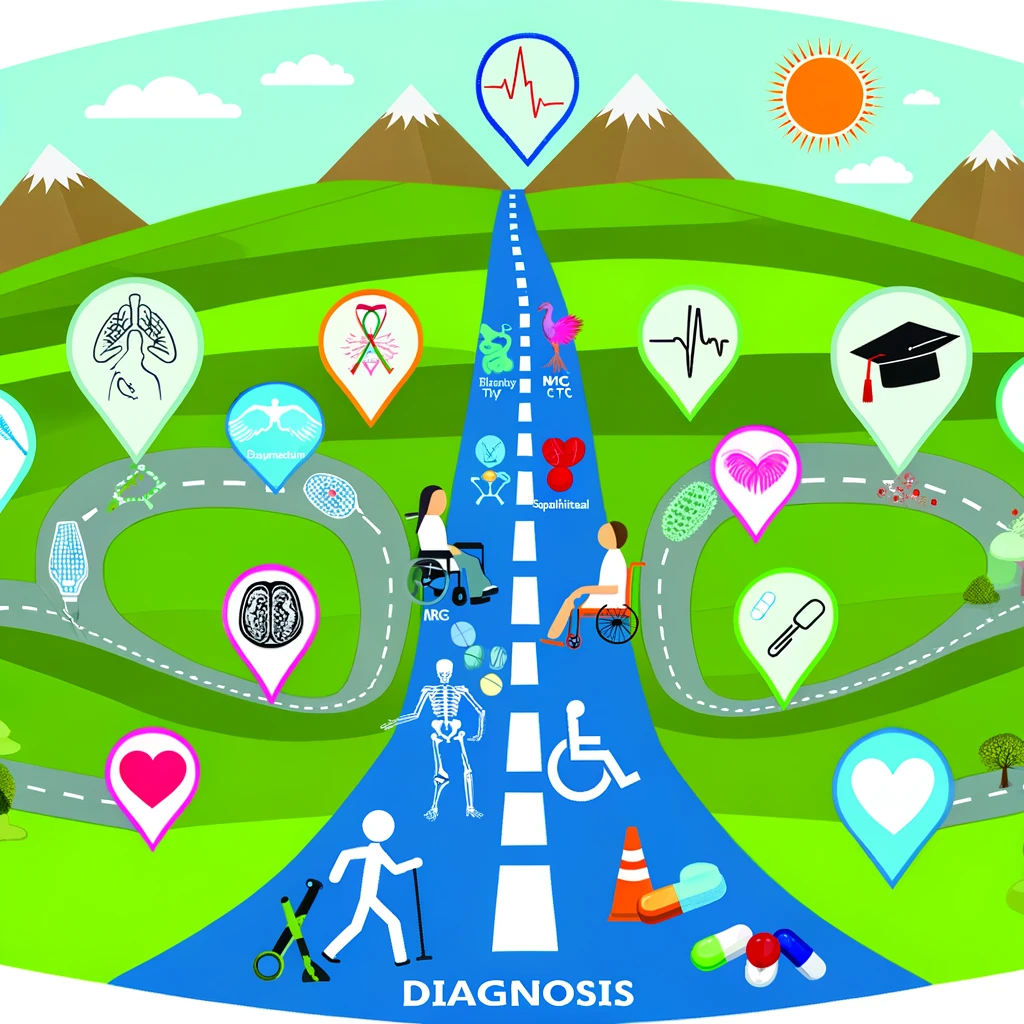

we resarch about cerebral palsy.
Proactive Prevention: Mitigating Risks
While not all paralysis scenarios are preventable, certain precautions can significantly mitigate the risks associated with injuries or neurologic conditions leading to paralysis:
- Adherence to safety measures like seatbelt use, helmet wearing during activities, and fall prevention strategies
- Promoting a healthy lifestyle through balanced nutrition, regular physical activity, and avoiding harmful substances
- Early intervention for stroke, spinal injuries, and neurologic conditions to forestall paralysis onset
we resarch about cerebral palsy.

we resarch about cerebral palsy.
Conclusion: Unified in Understanding, Support, and Empowerment
Paralysis, with its broad spectrum of challenges, necessitates a concerted effort towards enhancing understanding, support structures, and developing comprehensive care strategies. Under the stewardship of Vadlamuri Sohan Aravind and the dedicated team at Ushodaya Hospital, there’s a continuous push towards bringing these necessities to the forefront, fostering environments that empower individuals affected by paralysis to navigate their lives with dignity and purpose. Together, we can usher in a future where the impacts of paralysis are mitigated through informed actions, compassion, and advanced healthcare initiatives.
we resarch about cerebral palsy.

Be brave, be healthy


